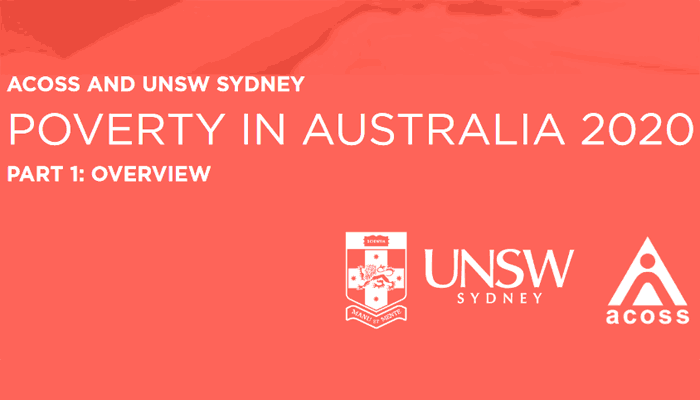The 2020 Poverty in Australia Overview, released today by the Australian Council of Social Service and UNSW Sydney, shows more than one in eight adults and one in six children live below the poverty line in Australia.
Australian Council of Social Service CEO, Dr Cassandra Goldie, said:
“It’s not right that in Australia, one of the wealthiest countries in the world, more than three million people, including three quarters of a million children, are living in poverty.
“We want to support each other. It’s who we are as a nation. But our economy is leaving people behind, with persistently high poverty rates despite decades of uninterrupted economic growth.
“People living in poverty include young people working to get their foot in the door of the competitive job market, single parents juggling caring responsibilities, and older people confronting age discrimination.
“The job market is changing, with jobs less secure, and fewer entry level jobs than there used to be. Our housing costs are among the highest in the world and are locking people in poverty. For households of working age with the lowest incomes, average housing costs rose by 42% from 2005 to 2017.
“Australia’s income support system was designed to help people when they are going through tough times. But key income support payments – Newstart and Youth Allowance – have not increased in real terms in 26 years and they are both well below the poverty line.
“The low rate of Newstart, a lack of jobs and unaffordable housing are locking people in poverty. “Not only has poverty remained consistently high in our wealthy country, the depth of poverty is getting worse, with households in poverty on average living 42 per cent below the poverty line, up from 35% in 2007.
“It’s clear we must act to lift people out of poverty. The Government can reduce poverty by boosting growth in jobs, increasing Newstart and Rent Assistance, and investing in social housing to ensure everyone has a safe place to call home,” Dr Goldie said.
The report’s lead researcher, UNSW Sydney Associate Professor Dr Bruce Bradbury said: “The poverty rate in Australia is worse than in most other wealthy countries, including New Zealand, Germany and Ireland.
“Our report finds that 13.6 per cent of people in Australia are living in poverty and that poverty rates have remained at about this level for the past decade, despite economic growth.
“Child poverty has consistently been higher than overall poverty, ranging from 18 per cent to 16 per cent over the past decade and now sits at 17.7 per cent – more than one in six children.”
Professor Carla Treloar, Director of the Social Policy Research Centre, UNSW Sydney, said:
“We cannot accept these high, persistent levels of overall poverty and child poverty.”
“We can see in recent decades the impacts of changes to income support settings on poverty levels. It’s clear we must take action on income support, housing and employment to lift people out of poverty,” said Professor Treloar.
Full report: http://bit.ly/PovertyOverview
Key facts:
- 3.24 million people in Australia (13.6% of the population) live below the poverty line.
- 774,000 children under the age of 15 (17.7% of all children in Australia) live below the poverty line.
- More than one in eight adults and one in six children live below the poverty line in Australia.
- The poverty rate in Australia is worse than in most other wealthy countries. It is worse than in New Zealand, Germany and Ireland, according to the latest figures from the OECD.
- In Australia, the poverty line is $457 per week for a single adult. The poverty line is measured as 50% of median income.
- The average ‘poverty gap’ (the difference between the incomes of people in poverty in various types of families and the poverty line) is $282 per week.
- Among the lowest 20% of working-age households by income, average housing costs grew by 42% from 2005 to 2017 (compared with an average rise in housing costs of 15% for the middle 20%).
- The single rate of Youth Allowance (plus Rent Assistance and Energy Supplement) is $168 per week below the poverty line.
- Our survey of young people on Youth Allowance found 9 in 10 skip meals and 1 in 3 have withdrawn from their studies because of a lack of funds.
- The single rate of Newstart (plus Rent Assistance and Energy Supplement) is $117 per week below the poverty line.
- Our survey of people on Newstart found more than 8 in 10 regularly skip meals and more than half have less than $15 a day left after housing costs.
- The single rate of the Age Pension (plus Pension and Energy Supplements) is closer to the poverty line, but still $10 per week below.
- Newstart, Youth Allowance and Rent Assistance have not increased in real terms in 25 years.
- ACOSS is calling for a $95 per week increase to Newstart and Youth Allowance; a $20 per week increase to Rent Assistance (as a first step) and for these payments to be regularly indexed to wages, as is the case for the Age Pension.

